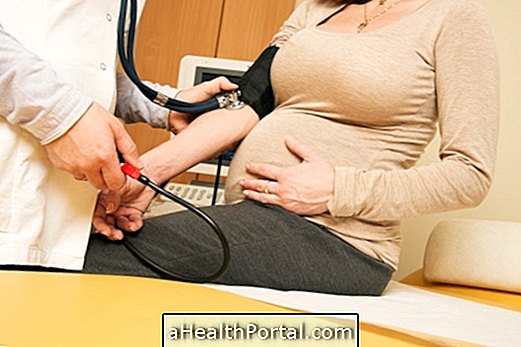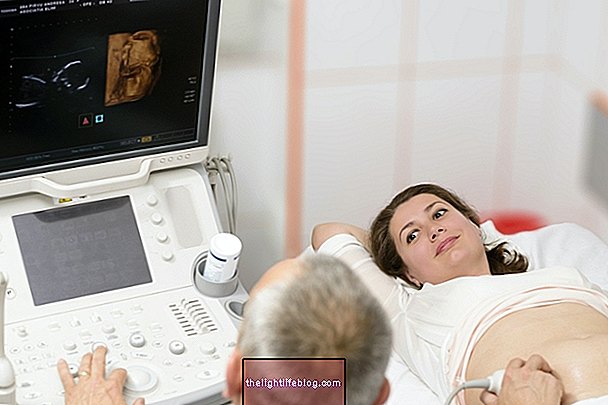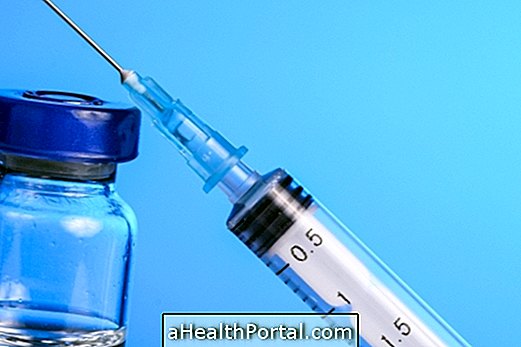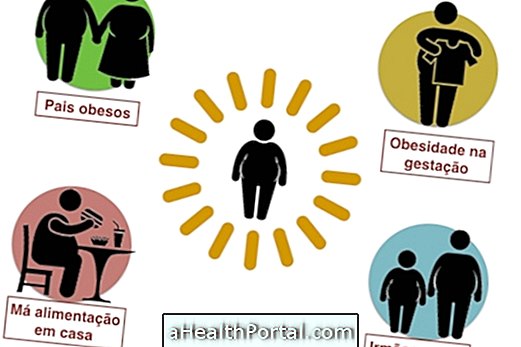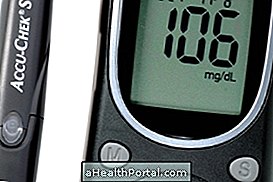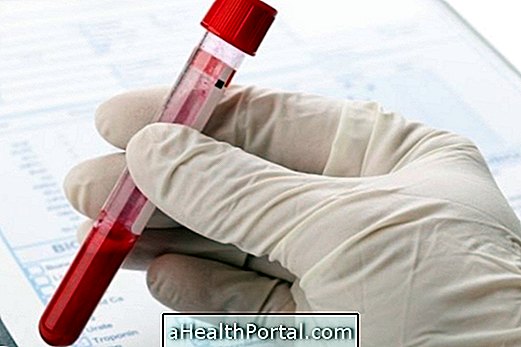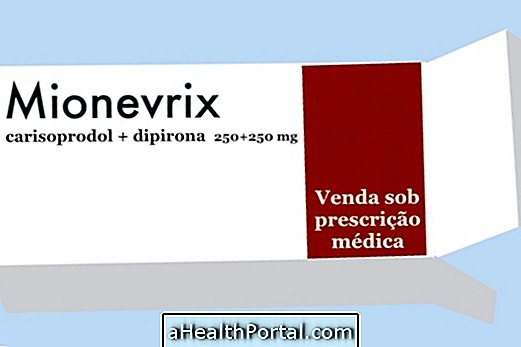Thrombophilia in pregnancy is characterized by an increased risk of blood clots, which can lead to the occurrence of thrombosis, stroke or pulmonary embolism, for example. This is because the blood enzymes responsible for clotting stop working properly, which can happen due to several factors, including pregnancy.
Pregnancy is a risk factor for the development of thromboembolic events, and can cause symptoms such as swelling, skin changes, placental shedding, pre-eclampsia, changes in fetal growth, the occurrence of premature birth or even a miscarriage.
Thus, it is important to carry out an appropriate treatment, which involves the use of anticoagulant drugs, to avoid the occurrence of complications during pregnancy and to prevent bleeding during childbirth. Learn more about thrombophilia.

Main symptoms
Most cases of thrombophilia in pregnancy do not lead to the appearance of signs or symptoms, however some women may experience:
- Swelling that happens from one hour to the next;
- Changes to the skin;
- Changes in the baby's growth;
- Shortness of breath or difficulty breathing, which may indicate pulmonary embolism;
- Increased blood pressure.
In addition, as a consequence of thrombophilia there is a greater risk of the placenta shedding, premature birth and abortion, however this complication is more frequent in women who have previously had abortions, had pre-eclampsia, are over 35 years old, index body mass greater than 30 and smoke frequently.
In these cases, before getting pregnant, the gynecologist can indicate the performance of blood tests that allow to verify if the coagulation is happening in a normal way, if there is any change and what would be that change. In this way, it is possible to better plan the pregnancy and prevent complications.
Causes of thrombophilia in pregnancy
Pregnancy induces a physiological state of hypercoagulability and hypofibrinolysis, which generally protects pregnant women from hemorrhage associated with childbirth, however this mechanism can contribute to the development of thrombophilia, which increases the risk of venous thrombosis and obstetric complications. .
The risk of thrombosis in pregnant women is 5 to 6 times higher than in non-pregnant women, however, there are other factors that increase the likelihood of developing a pregnancy-related thrombosis, such as having a history of venous thrombosis, having an advanced maternal age , suffer from obesity, or suffer from some type of immobilization, for example.
How the treatment is done
Generally, the treatment and prevention of venous thromboembolism in pregnancy consists of administering aspirin at a dose of 80 to 100 mg / day, which acts by inhibiting platelet aggregation. Although this drug is contraindicated during pregnancy, especially in the last trimester, as it presents a risk to the baby, the benefits of its use outweigh the potential risks and, therefore, can be recommended by the doctor.
In addition, injectable heparin, like enoxaparin, is an anticoagulant widely used for thrombophilia in pregnancy, and is a safe medicine because it does not cross the placental barrier. Enoxaparin should be administered daily, subcutaneously, and can be applied by the person himself.
Treatment should be carried out even after delivery, for about 6 weeks.
Was this information helpful?
Yes No
Your opinion is important! Write here how we can improve our text:
Any questions? Click here to be answered.
Email in which you want to receive a reply:
Check the confirmation email we sent you.
Your name:
Reason for visit:
--- Choose your reason --- DiseaseLive betterHelp another personGain knowledge
Are you a health professional?
NoMedicalPharmaceuticalsNurseNutritionistBiomedicalPhysiotherapistBeauticianOther

